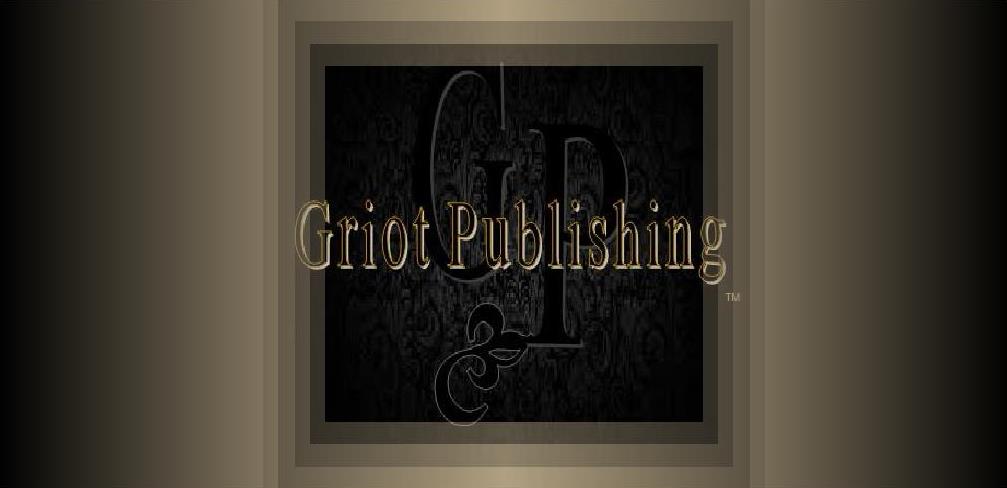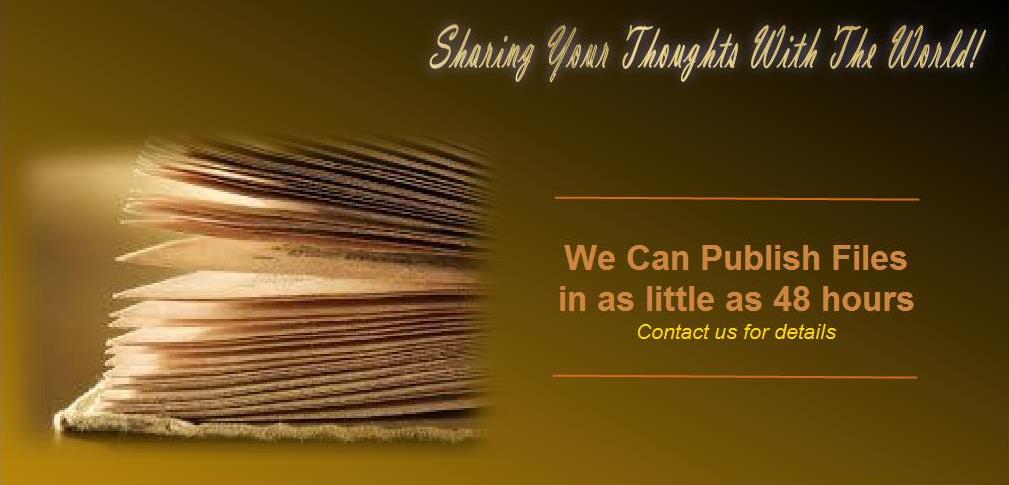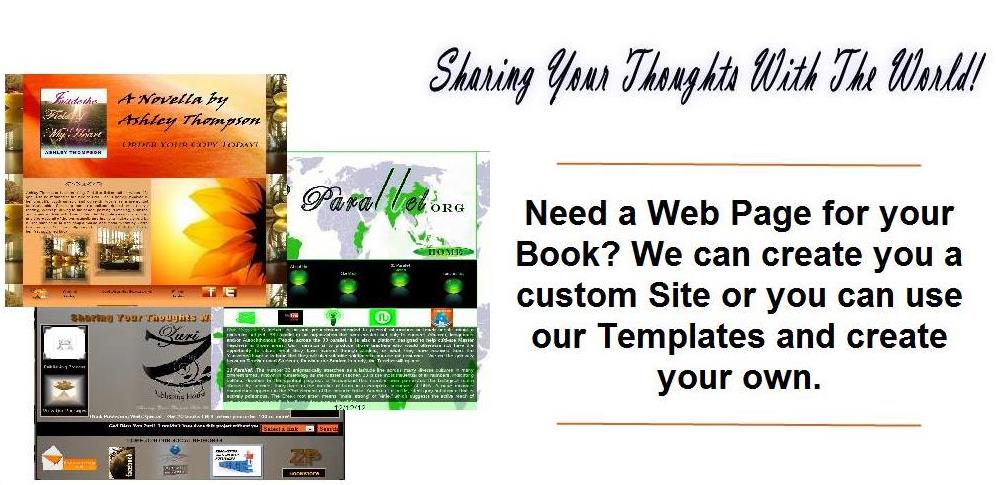


UNDERSTANDING PICTURE FILE TYPES
Understanding picture file types
Applies to Windows Vista

Here are answers to some common questions about picture file types.
What is a file type?
A file type is a standard way of storing information on a computer so it can be read or displayed by a program. You can
usually figure out the file type by looking at the last three letters of the file name. These letters are referred to as the
file name extension. Different programs use different extensions when saving files.
What are common file types for pictures?
Common graphics file types include JPEG (.jpg), TIFF (.tif), and bitmap (.bmp). In addition, some digital cameras can
save pictures in RAW format, which is uncompressed and has not had effects like white balance or sharpening
applied.
Which file type should I use?
Most of the time, JPEG (.jpg) is the best file type, since it creates high-quality pictures with small file sizes by
compressing the data. It’s great for storing and sharing your pictures. If you need a very high level of visual quality (for
example, if you’re printing 8-by-10-inch enlargements), you should save in TIFF (.tif) format or save your JPEG picture
at the very lowest compression level available.
What are the advantages and disadvantages of common picture file types?
· Most programs can display, open, and save JPEGs.
· JPEGs are great for e-mail because of their small file size.
· Because you can vary the amount of compression used to save a JPEG, you can control the file size and image
quality.
JPEG Disadvantage
· JPEGs automatically compress your pictures when you save them, which reduces the visual quality by a small amount. If you use a high compression
level, the image quality can be poor.
TIFF Advantage
· There is no loss of image quality when saving a picture as a TIFF.
TIFF Disadvantages
· Some programs, including most web browsers, cannot display pictures in TIFF format.
· TIFF pictures can be very large (many times larger than the same picture saved as a JPEG). As a result, TIFF pictures consume hard disk space far more
quickly than JPEGs.
· All but the smallest TIFF pictures are too large to send through e-mail.
What about GIF, bitmap, PNG, RAW, and other file types?
You’ll rarely need to use a file type other than JPEG or TIFF. The bitmap format (.bmp) is an older standard that creates needlessly large files. This wastes disk
space and makes it difficult to send these pictures in e-mail. GIF and PNG are commonly used on webpages, but you’ll find that JPEG works just as well. RAW
files, on the other hand, can be created by many digital cameras as a high-quality alternative to JPEG. Many professional photographers choose to work with
RAW files because it results in the best possible picture quality.
Should I be concerned about the loss of visual quality when I save in JPEG format?
JPEG pictures are an imperfect copy of the original image displayed in the camera’s viewfinder. If you take pictures at your camera’s highest quality level,
however, it can be hard to tell the difference. Every time you resave a picture in JPEG format, the visual quality is reduced slightly, as if you are making a
photocopy of a photocopy. How much quality is lost depends upon how much the image has been compressed. Usually, this reduction in quality is difficult to
see, but if you repeatedly make changes to the same picture and save it with an intermediate quality level, you might eventually notice a loss of sharpness
and color accuracy. For the absolute best visual quality, save your JPEG pictures at the highest possible quality level or work in TIFF format.
A JPEG picture saved at high quality (left) and low quality (right)
’How do I change a pictures file type?
You can save a copy of your picture as a TIFF, JPEG, or another file type by using Paint.
1. Open Paint by clicking the Start button , clicking All Programs, clicking Accessories, and then clicking Paint.
2. Click the File menu, and then click Open.
3. Choose the picture you want to change, and then click Open.
4. Click the File menu, and then click Save As.
5. Click the Save as type list, and then click the type of file you want to use.
6. Click Save.








